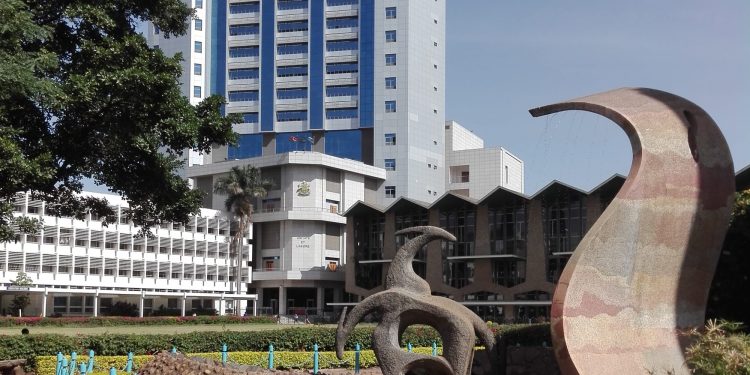Petitioners challenging the new universities’ funding model will be temporarily relieved after Justice Chacha Mwita of the High Court issued conservatory orders pending the suit’s determination.
- The new model, officially known as the Variable Scholarship and Loan Funding (VSLF), was challenged by the Kenya Human Rights Commission (KHRC), Students’ Caucus, and the Elimu Bora Working Group.
- They argued that the model was flawed because a bulk of the responsibilities in providing tertiary education for students will be delegated to parents, ostensibly driving away many potential young people from pursuing desired courses.
- The case will be heard on the 16th December, effectively scuttling the government’s attempts to sort out the controversies that have arisen from the banding process that is core to the funding model
“Conservatory orders are issued against the respondents, their servants, agents and employees from implementing the new education funding model, pending the hearing and determination of the petition,” said Justice Chacha Mwita.
In mid-September, President William Ruto appointed 129 individuals across four sub-committees with the mandate to review and resolve the emerging issues plaguing the model. The committee was to be chaired by a former Principal Secretary, Japheth Ntiba.
The Ministry of Education initially said that students will be distributed across five bands with varying fee obligations and loan limits. This prompted uproar from students and parents who complained they were classified into wrong bands.
The government insists that the outgoing model, also known as the Differentiated Unit Cost (DUC), was not equitable enough to serve students efficiently and prevented the state from viably funding universities leading to massive deficits and operational failures. In the previous model, gov’t footed 80% of the costs leaving the rest for universities to raise through research, income-generating activities, and students’ fees-with self-sponsored students being the prominent fold.
Critics fault the government’s Mean Testing Instrument (MTI) which is used to determine a family’s income and fee-paying capabilities. According to its critics, the parameters used are narrow and oblivious of many unpredictable variables.




